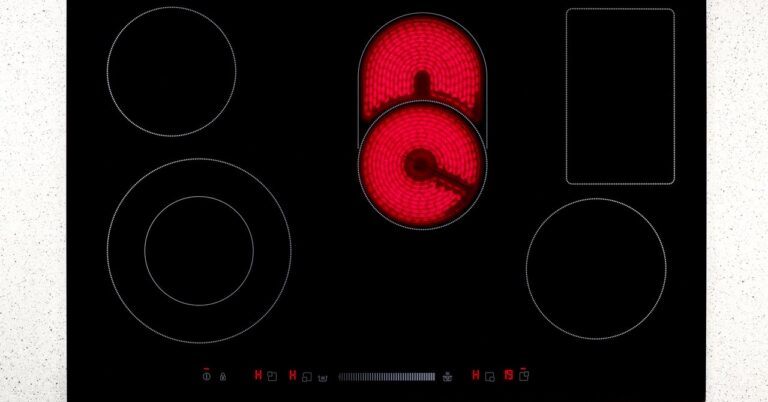Do you know how to solve this? How to solve this problem and remove the unnecessary barrier of entry to induction cooktops with just a flick of the wrist? Knob.
Yes, the simple, old-fashioned knob you turn to turn your gas or electric stove on or adjust the temperature. It's something that never needed to be reinvented. It arguably works better than its modern smooth-top successors, and it's something that's helped accelerate induction adoption. Them Knobs. Let's go back to the knobs and “regress.”
This idea took shape during a recent cooking class I took in Oaxaca City, Mexico. The stove we used was a four-burner, smooth (i.e. knob-less) induction cooktop. For the next few hours, participants struggled with issues turning it on and adjusting it. More than once, I heard, “Hey, why did it go to zero?” Someone burned their fingers trying to turn the temperature down as heat spread from the nearest burner to the touch pad. Then a frying pan slid over the main power button, shutting everything off and stopping cooking, without anyone noticing for five minutes. But the big reveal came when someone walked up to the stove, looked down at the instrument panel, and asked, “How do I do this?” This wasn't due to any ineptitude on the part of the person asking; this person has been cooking all their life. With knobs, this wouldn't happen.
“This is disgusting,” said Pablo Scasso, a cooking-class classmate from Montevideo, Uruguay, who studied product design before becoming a software engineer, and said the difficult stove controls reminded him of the way many car makers have done away with knobs and buttons on the dashboard, sacrificing the driving experience (and arguably safety).
As he said this, he pretended to drive, looking straight ahead and adjusting the knobs on the dashboard with his right hand.
“I like to keep my eyes on the road. If I need to adjust the climate control on the touch screen, I need to see it. If there's a knob, I know exactly where it is.”
This isn't nostalgia for the good old days. Knobs are a direct, dedicated connection that responds instantly to a twist of the wrist. Knobs are still great technology. Once you get used to them, you can turn them on blindfolded. Touchscreens require constant viewing.
Remember when MacBook keyboards were so bad that Taika Waititi spent the night of his Oscars mocking them? And after repeated criticism from tech journalists (notably Casey Johnston, who lambasted the issue in a series of articles), Apple backed down and went back to the old keyboard style. A return to knobs might be in order.
But change will come slowly.
I've read some reviews that suggest the controls on these “fully digital” induction stoves take some getting used to, but after nearly a decade of use on my own stove and others', I've grown completely used to them and they don't work as well as knobs do.
“Casey? Taika? Are you there? Can you save us?”
This prompted me to write a three-line poem.
Whether you call it a dial or a knob,
Your life will be better
Just place one on your stove.
Induction stove makers may be taking the hint: Several companies, including Samsung and Fisher & Paykel, are now including knob-equipped stoves in their lineups, and Impulse Labs has a promising model ready for release in late 2024. Breville makes a surprisingly expensive free-standing stove with buttons and knobs for easy control.
The fact that all induction stoves in the world don't have knobs isn't a big deal in the grand scheme of things, but making knobs more common would make people's lives easier and would speed up adoption. Surely there are more important things, but frying on a stove with knobs is both tastier and easier.


